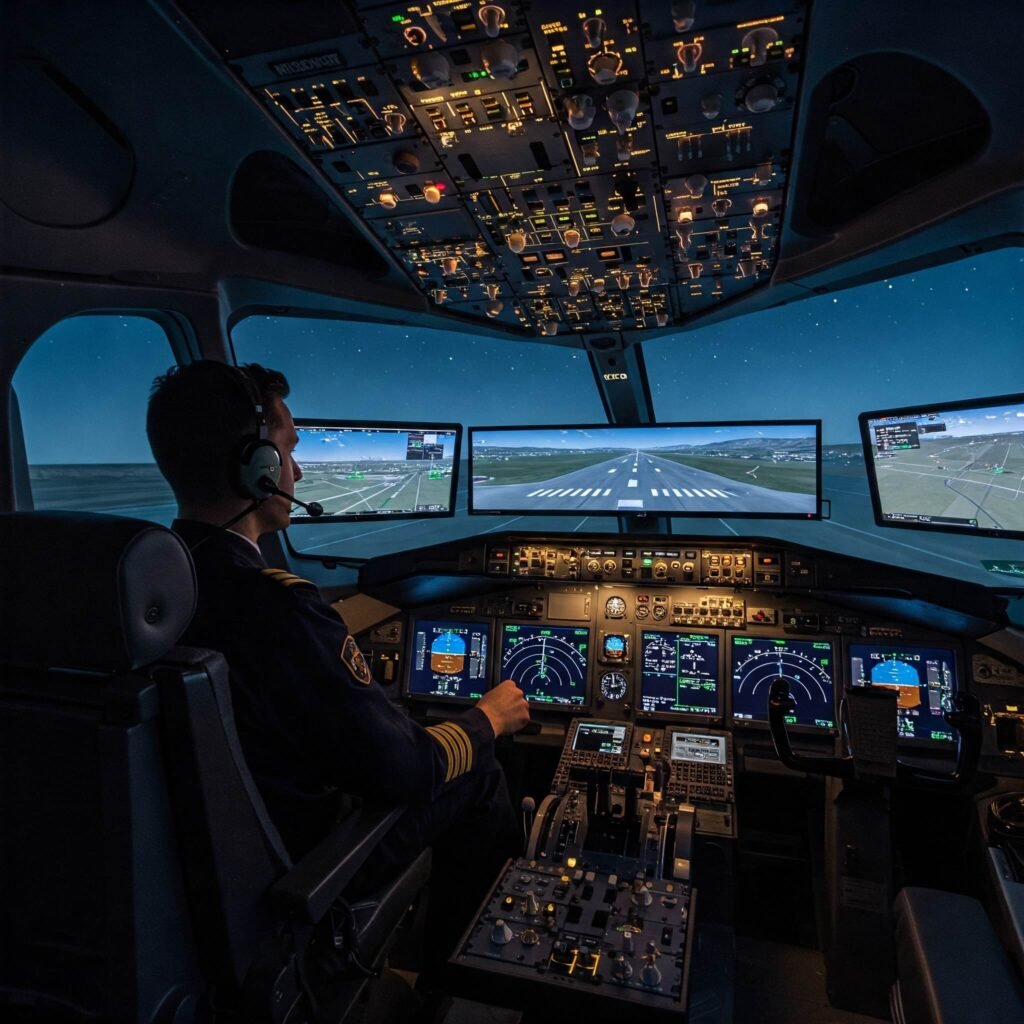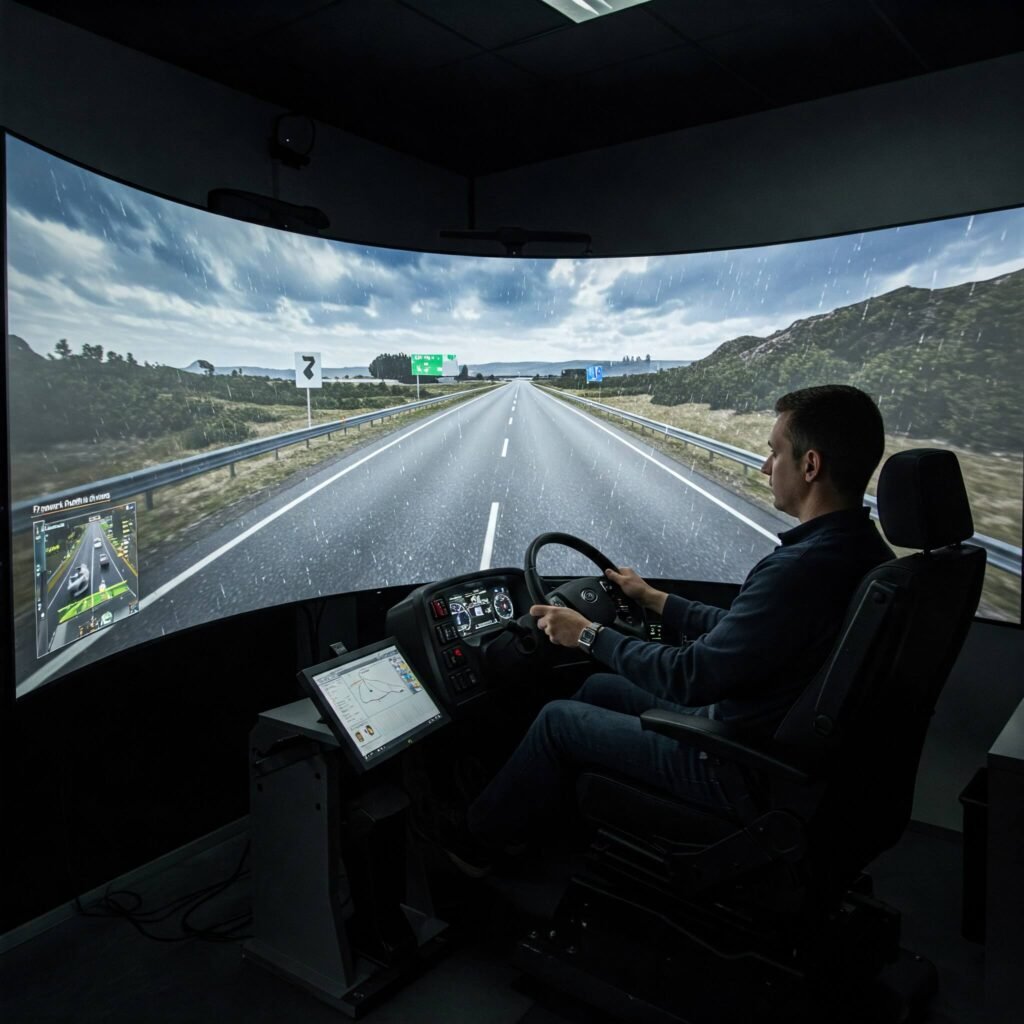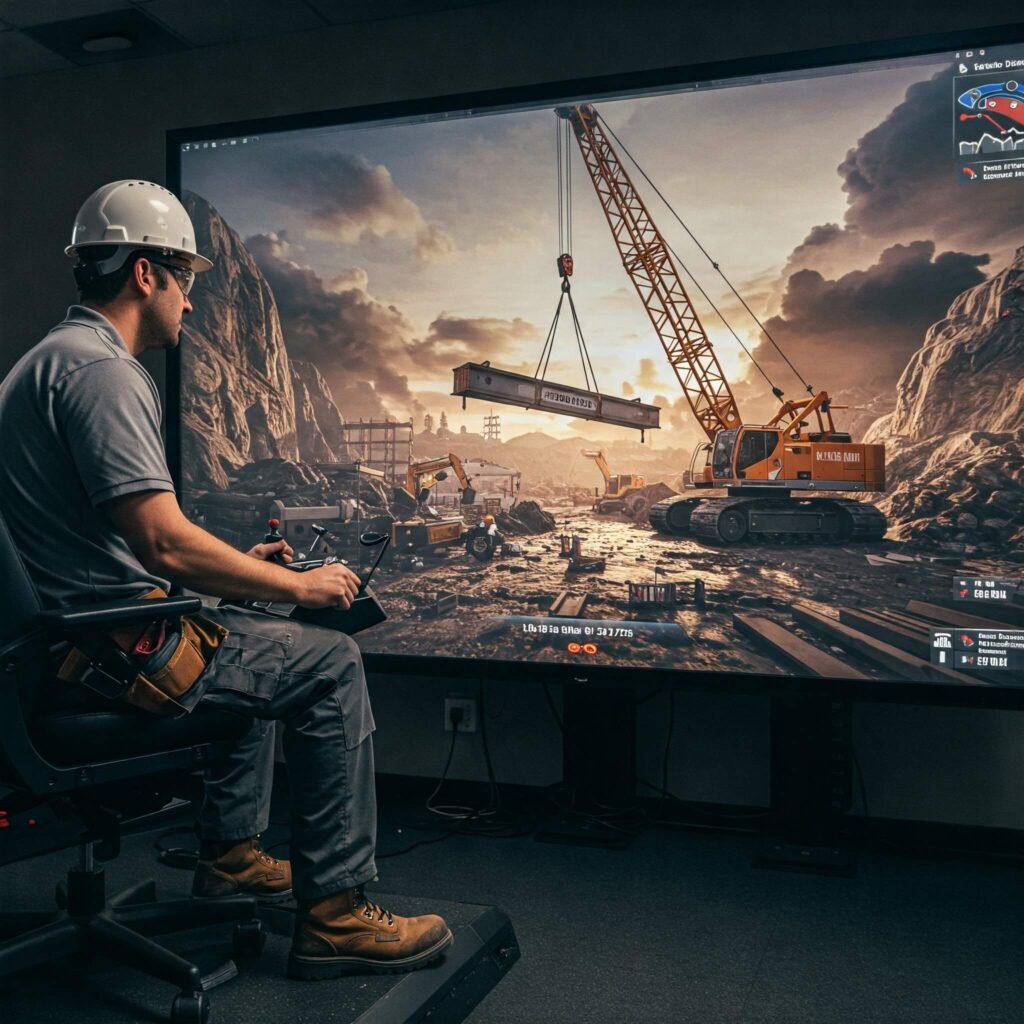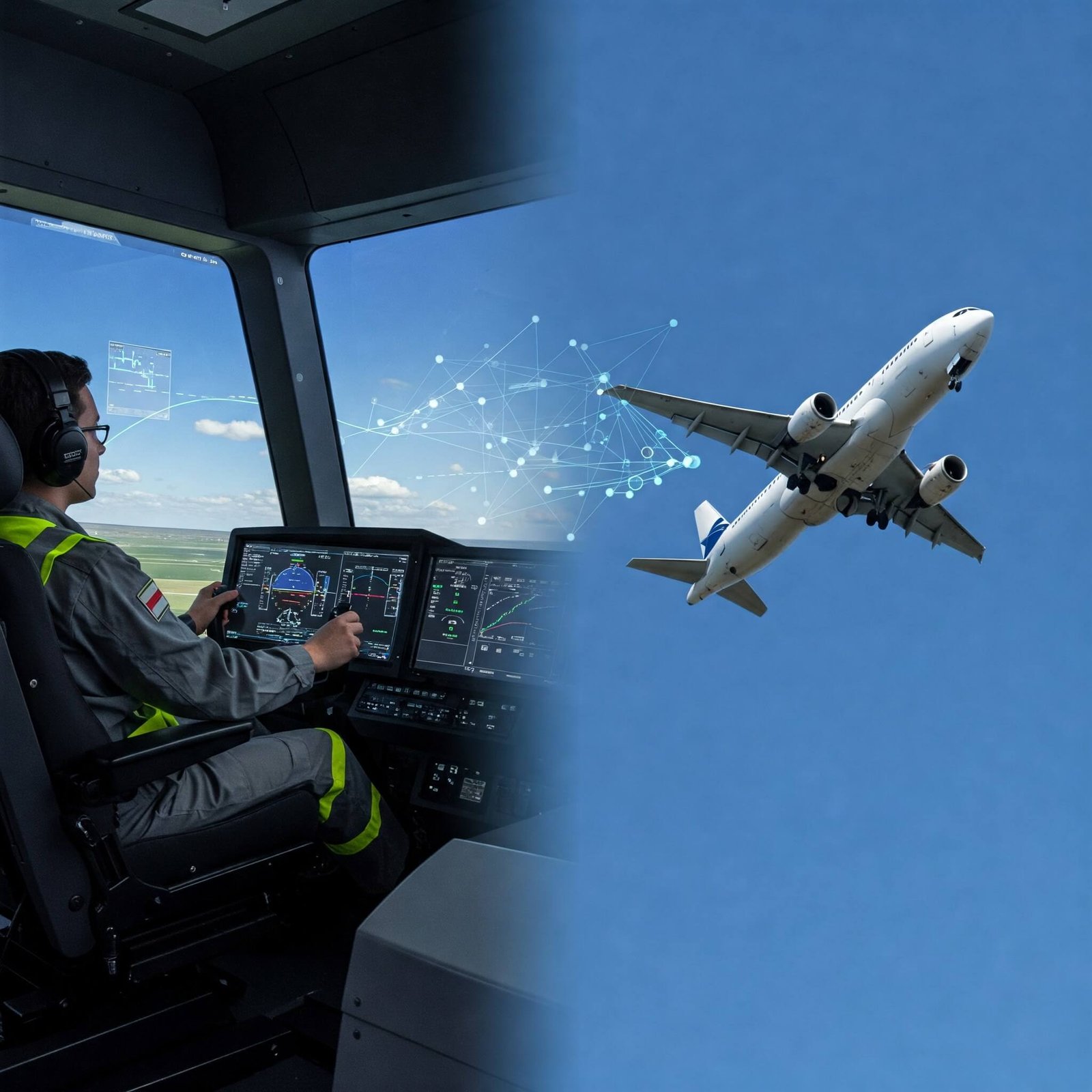Vehicle simulators are transforming how professionals train for high-stakes roles in industries like transportation, aviation, and emergency services. These cutting-edge tools create immersive, realistic environments that allow trainees to practice skills safely and efficiently. From aspiring pilots mastering flight controls to truck drivers navigating hazardous roads, vehicle simulators bridge the gap between theory and real-world application. This blog explores how vehicle simulators are used in real-world training, their benefits, and why they’re a game-changer for industries worldwide.

Why Vehicle Simulators Are Essential for Training
Vehicle simulators replicate real-world scenarios in a controlled, virtual environment, making them indispensable for training. Unlike traditional methods, simulators offer a risk-free space to practice complex maneuvers, emergency responses, and decision-making under pressure. According to a study by the National Highway Traffic Safety Administration, simulator-based training reduces accident rates for new drivers by up to 30%.
Benefits of Vehicle Simulators in Training
- Safety First: Trainees can experience dangerous scenarios—like icy roads or engine failures—without real-world consequences.
- Cost-Effective: Simulators eliminate the need for fuel, vehicle maintenance, or physical training grounds.
- Repeatable Scenarios: Instructors can recreate specific conditions to reinforce learning.
- Realistic Feedback: Advanced simulators provide data-driven insights to improve performance.

How Vehicle Simulators Are Used Across Industries
Vehicle simulators are versatile tools applied in various sectors to enhance training outcomes. Below are some key industries leveraging this technology.
Driving Simulators for Road Safety
Driving simulators are widely used to train commercial drivers, first responders, and even teenagers. For example, UPS uses driving simulators to prepare delivery drivers for urban routes, reducing accidents by simulating busy streets. These simulators teach trainees to handle distractions, adverse weather, and emergency situations.
Flight Simulators for Aviation Training
Flight simulators are a cornerstone of pilot training. The Federal Aviation Administration (FAA) mandates simulator hours for pilot certification. Trainees practice takeoffs, landings, and emergency procedures in cockpits that mimic real aircraft. For instance, Boeing’s 737 MAX simulator helps pilots master complex systems before flying passengers.
Heavy Machinery and Construction Simulators
Construction companies use these games to train operators on bulldozers, cranes, and excavators. Caterpillar offers simulators that replicate real job sites, helping operators learn precision and safety without risking expensive equipment.

Real-World Examples of Vehicle Simulator Success
Vehicle simulators have proven their value through measurable results. Here are two compelling examples:
- Emergency Response Training: The New York City Fire Department (FDNY) uses driving simulators to train firefighters to navigate crowded streets. This has improved response times by 15%, according to internal reports.
- Military Applications: The U.S. Army employs tank and Humvee simulators to prepare soldiers for combat scenarios, reducing training costs by 40% compared to live exercises.
These examples highlight how these games deliver practical, real-world benefits.
How to Integrate Vehicle Simulators into Training Programs
Ready to incorporate vehicle simulators into your training? Follow these actionable steps:
- Assess Training Needs: Identify the skills or scenarios your team needs to master.
- Choose the Right Simulator: Select a simulator tailored to your industry, such as a driving simulator for logistics or a flight simulator for aviation.
- Partner with Experts: Work with reputable providers like CAE or L3Harris for high-quality simulators.
- Monitor Progress: Use simulator analytics to track trainee performance and adjust training as needed.
The Future of Vehicle Simulators in Training
As technology advances, These games are becoming more immersive and accessible. Virtual reality (VR) and artificial intelligence (AI) are enhancing simulator realism, allowing for adaptive scenarios that evolve based on trainee actions. A report by MarketsandMarkets predicts the global simulator market will grow to $25 billion by 2027, driven by demand for safe and efficient training solutions.
By embracing these games, industries can prepare their workforce for real-world challenges with confidence and precision.






























